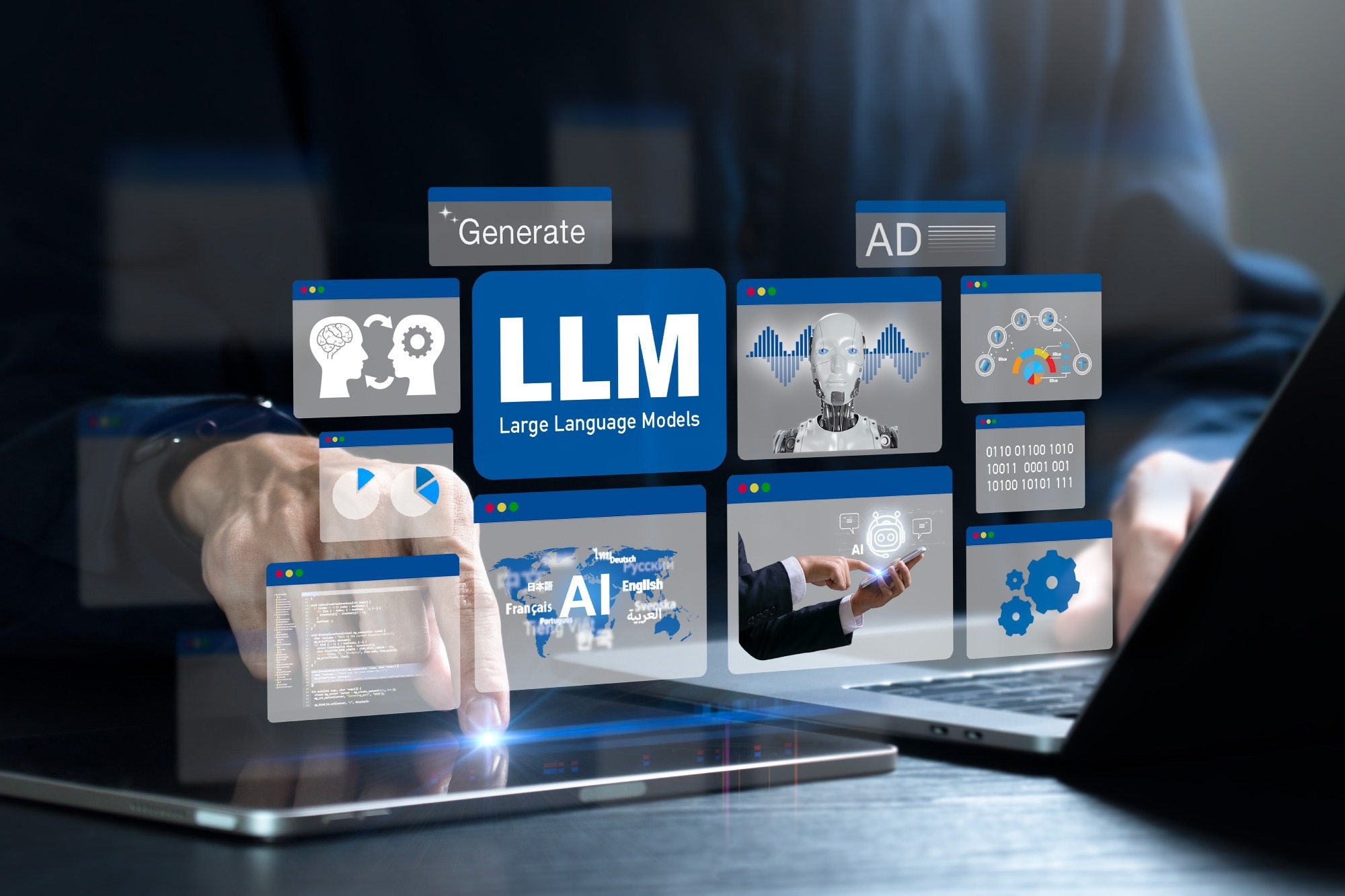In an article recently submitted to arXiv* server, researchers comprehensively examined the crucial issue of calibration in large language models (LLMs). They proposed a new calibration method called "Thermometer," designed to address specific challenges in LLMs, including high computational demands and versatility. This method aimed to enhance calibration while maintaining accuracy and adapting to new tasks.
 Study: Enhancing Language Model Calibration with "Thermometer". Image Credit: witsarut sakorn/Shutterstock.com
Study: Enhancing Language Model Calibration with "Thermometer". Image Credit: witsarut sakorn/Shutterstock.com
Background

 *Important notice: arXiv publishes preliminary scientific reports that are not peer-reviewed and, therefore, should not be regarded as definitive, used to guide development decisions, or treated as established information in the field of artificial intelligence research.
*Important notice: arXiv publishes preliminary scientific reports that are not peer-reviewed and, therefore, should not be regarded as definitive, used to guide development decisions, or treated as established information in the field of artificial intelligence research.
LLMs have become powerful artificial intelligence (AI) systems capable of synthesizing knowledge from vast amounts of data and excelling in tasks such as commonsense reasoning, question answering, and machine translation. Their success has led to widespread use across various fields.
However, as LLMs become more common, it is essential that they not only achieve high accuracy but also provide well-calibrated probabilistic forecasts. These forecasts ensure that the model's predicted probabilities are reliable, which is critical for integrating them into autonomous or semi-autonomous systems.
Although pre-trained LLMs are generally well-calibrated, alignment interventions like instruction tuning, which improve usability, can negatively impact calibration. This poses a significant challenge for deploying LLMs in critical applications where reliable confidence estimates are vital.
About the Research
In this paper, the authors analyzed and identified several key challenges in calibrating LLMs, such as high computational demands, task versatility, and the difficulty of assigning meaningful confidence to free-form text generation. To address these challenges, they introduced "Thermometer," a computationally efficient and versatile calibration method. This approach involves learning an auxiliary model from data across multiple tasks to calibrate the LLM.
The proposed technique is designed to be computationally efficient, requiring no additional training runs and being only about 0.5% slower than the uncalibrated LLM during inference. It also preserves accuracy by building on temperature scaling, ensuring that the LLM’s predictions remain unchanged after calibration. Once trained, the calibration model can be applied to similar but new tasks without retraining.
The researchers employed a variational lower-bound approach to train the "thermometer," minimizing a loss function that balances the trade-off between accuracy and calibration. The training process involves iteratively updating the auxiliary model's parameters using a gradient descent algorithm. This approach allows the model to effectively enhance calibration while maintaining the efficiency and versatility required for the diverse applications of LLMs.
Furthermore, the presented method was evaluated on various benchmarks and models, including the massive multitask language understanding (MMLU), beyond the imitation game benchmark (BIG-bench), and machine reading for question answering (MRQA) datasets. The study also tested the method on LLMs like the large language model Meta AI version 2 (LLaMA-2-Chat) and fine-tuned language net text-to-text transfer transformer (FLAN-T5-XL), comparing its performance to several baseline methods.
Research Findings
The outcomes showed that the new technique consistently outperformed other calibration methods across multiple metrics, such as expected calibration error (ECE), top label ECE (TL-ECE), and maximum calibration error (MCE), while also being significantly faster at inference. This demonstrated that "thermometer" effectively improved the calibration of LLMs without compromising computational efficiency.
Additionally, the method maintained robust calibration performance under data shifts, successfully transferring its capabilities across different datasets and model scales within the same family. This adaptability meant it could be trained on one dataset and applied to others without retraining, making it a versatile and efficient calibration approach.
Furthermore, the "thermometer" showed a clear advantage in calibrating new tasks by predicting the appropriate temperature using only unlabeled data, unlike other methods that required labeled data for tuning. Its performance also improved as the number of training tasks increased, indicating its ability to learn effective calibration strategies from diverse data sources, further enhancing its overall calibration performance and generalization capabilities.
Applications
This research has significant implications for fields where LLMs are used, such as question-answering, reasoning, AI-based learning, and free-form text generation. By providing well-calibrated probabilistic forecasts, "Thermometer" can enable more reliable deployment of LLMs in critical applications where accurate confidence estimates are essential for decision-making.
For example, in medical diagnosis, LLMs could analyze patient data to predict potential diagnoses. These predictions must be well-calibrated so that the model's confidence estimates accurately reflect the likelihood of each diagnosis. "Thermometer" can ensure the reliability of these predictions, leading to more informed and accurate medical decisions.
Conclusion
In summary, the novel approach represented a significant advancement in LLM calibration. It effectively addressed the unique challenges faced by advanced LLMs and other AI systems, demonstrating robustness and computational efficiency. The approach proved versatile, calibrating LLMs across a wide range of tasks and datasets.
The authors suggested that these results could support the broader adoption of LLMs in real-world applications, where well-calibrated uncertainties are crucial for building trust and ensuring reliable decision-making. They also recommended adapting the technique for other complex tasks, such as summarization and translation, and applying it to larger LLMs.

 *Important notice: arXiv publishes preliminary scientific reports that are not peer-reviewed and, therefore, should not be regarded as definitive, used to guide development decisions, or treated as established information in the field of artificial intelligence research.
*Important notice: arXiv publishes preliminary scientific reports that are not peer-reviewed and, therefore, should not be regarded as definitive, used to guide development decisions, or treated as established information in the field of artificial intelligence research.
Journal reference:
- Preliminary scientific report.
Shen, M., & et, al. Thermometer: Towards Universal Calibration for Large Language Models. arXiv, 2024, 2403, 08819v2. https://arxiv.org/pdf/2403.08819